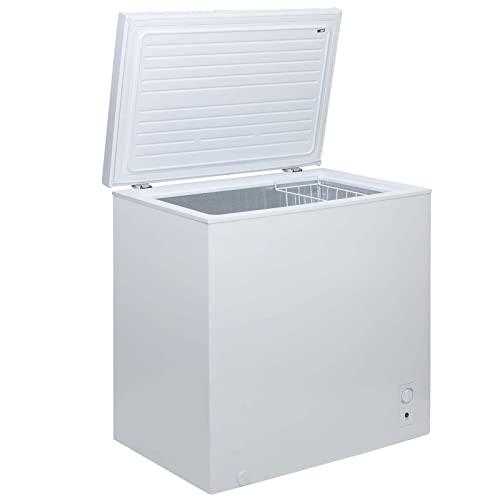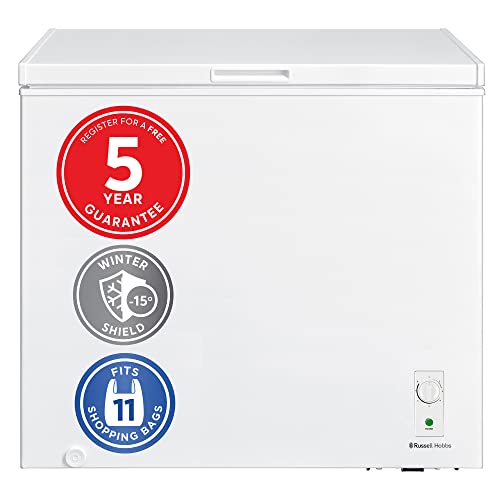The Full Guide To Refridgerator
페이지 정보
작성자 Rowena 작성일 24-03-27 00:19 조회 10 댓글 0본문
 How to Choose a Refrigerator
How to Choose a RefrigeratorRefrigerators are kitchen appliances utilized to keep food and drinks cold. They're used at home and in hotels, offices and college dorm rooms.
 Some refrigerators have sophisticated features such as sensors and cameras. Certain refrigerators come with touchscreens that allow you to watch videos or search for recipes, browse family calendars, and shopping lists. You can also leave notes.
Some refrigerators have sophisticated features such as sensors and cameras. Certain refrigerators come with touchscreens that allow you to watch videos or search for recipes, browse family calendars, and shopping lists. You can also leave notes.Control of Temperature
A proper temperature in the refrigerator will ensure food safety and avoid the food from spoiling. This is especially crucial for foods such as eggs and milk, which could quickly rot when exposed to ambient temperatures but remain stable in the refrigerator. Refrigerators can be used to store pharmaceuticals like vaccines or drugs which lose their effectiveness over time. Refrigerator monitoring systems are in place to help ensure a medical facility or laboratory maintains an appropriate cold chain.
A refrigerator has an internal thermal insulator that helps keep its contents colder than the surrounding environment. The heat pump transports warm air from outside the refrigerator to an insulated compartment, where it cools to a very low temperature. The refrigerator also has a temperature control system that activates the cooling system when its internal temperature rises above a pre-set threshold. This prevents bacteria from growing inside the refrigerator.
Each refrigerator zone is designed to serve a specific purpose. The lower shelves are ideal for storing perishables like fresh meats and vegetables, which require the lowest temperatures to preserve their flavor and texture. The shelves must be kept clear to allow cool air to circulate in the refrigerator. A separate deli drawer can be used to store soft cheeses and cured meats to create the perfect charcuterie platter.
Some refrigerators feature glass or stainless steel door to protect the interior. They also make it easy to clean. Some refrigerators include a door-alarm that can be programmed. It will alert you if the fridge or freezer is not closed for too long. They can be programmed to alert multiple individuals and in escalating tiers based on your requirements. They can also be programmed to record temperature and send graphs remotely via email or text.
The majority of refrigerators come with thermometers however for those that don't, a freestanding appliance thermometer can be a cheap way to monitor the fridge and freezer temperature. It is important to check the temperature of the fridge and freezer frequently, particularly if there has been a power failure or if you have manually changed the temperature setting. The ideal temperature for both the freezer and refrigerator is 40 degrees Fahrenheit.
Storage Capacity
The capacity of your refrigerator is a key factor when choosing the model that best suits your requirements. There are many sizes available, from small models that have a capacity of less than 15 cubic foot to large models with a capacity over 26 cubic feet. Think about your family's cooking style and the amount of people who live in your home to figure out which size is suitable for you. On average, 11-13 cubic feet of refrigerator space is sufficient for two people, whereas 18 to 22 cubic feet are recommended for a family of three to four.
Check the depth of the fridge, in addition to the space. Some models are shallower than others, which allows them to fit into small spaces without taking up too much room under the counters. Cabinet-depth refrigerators are another option, and have a depth that is roughly the same as a standard front of a kitchen cabinet (though handles may protrude slightly farther). These are a great choice for those with limited counter space. They can also appear more sleek.
When buying a refrigerator, ask about the level of noise and energy consumption. Many manufacturers offer quieter models for residential use, while others offer refrigerators that use less energy than comparable models. Look for the yellow Energy Guide label on appliances to find out the typical energy usage for a specific model. Also, test the model's operation by closing and opening the doors.
The pantry drawer is typically an entire width of the refrigerator with separate temperature controls. It can be used to store various items. These drawers can be used to store party trays as well as wine and other things at a particular temperature. Depending on the model, these drawers might include pre-programmed settings to store wines, deli meats and soft drinks.
Energy Efficiency
Refrigerators consume a lot energy star fridge. This is why it's important to select one that is energy efficient. The good news is that refrigerators have improved in energy efficiency over the years. Insulation, Garage fridge motors, and magnetic door seals have been improved over time, so a modern refrigerator consumes less power than a previous model of the same size. You can lower the power consumption of your refrigerator more by buying one that is energy efficient. A refrigerator that has an Energy Star rating will use much less energy than a model at least ten years old.
It is essential to consider the energy efficiency of consumers who have limited access to electricity grids. Refrigerators for homes that are off grid are often among the most expensive appliances. Their large energy consumption also means that they require large amounts of solar home systems that are out of reach for many families who earn less than $2 per day. The annual energy usage of a refrigerator is a key aspect to determine if it's affordable for consumers to buy and operate. (PATH and WHO 2013 ). McCarney et. al., 2012).
We will begin by describing the basic refrigeration process. A refrigerator cools down by pushing a refrigerant fluid through an enclosed system. It begins as a fluid, then passes through the compressor which compresses it to form a vapour. This vapor then flows into coils that are located on the outside of the fridge, where it draws the heat from the fridge, cooling down and turning back to a liquid. This process repeats over and over again and keeps food cold as the vapor moves through the coils.
Refrigerators are still among the most expensive appliances that consumers who are not connected to the grid can purchase but enhancing their energy efficiency can make them more affordable. A refrigerator powered by a smaller SHS can be operated with less energy. This will lower overall system costs. Energy savings vary depending on the size, style and other features of a refrigerator. Ice makers and water dispensers that are located through the door, for instance, add cost, but can increase the energy consumption of the refrigerator, which increases the amount of SHS required to power it.
Maintenance
Regular maintenance and inspections can greatly improve the life expectancy of your refrigerator. This can be accomplished by checking the condenser coils ice maker, defrost drain, as well as the gasket seal on the door to make sure that it is in good working order. Cleaning and replacing water filters are equally important. These simple maintenance tasks can help prolong the life of your fridge as well as reduce your energy costs.
The simplest and most efficient refrigerator maintenance task is to wash the inside of your refrigerator regularly. This includes throwing out old food items and wiping the shelves and crispers, walls and the inside of the doors of your refrigerator and freezer. This will reduce the risk of foodborne illnesses and unpleasant odors. A commercial fridge thermometer is recommended for checking the temperature of your Garage fridge frequently. If your refrigerator is not properly maintained could be subject to temperature fluctuations that could cause food spoilage and an increase in your electric bill.
It is also crucial to clean the condenser coils on your refrigerator at least twice per year to get rid of any dirt hair, dust, and other particles that might have been accumulating. These coils, which are basically radiators that help to remove heat from your refrigerator, are located in the rear or bottom of the appliance. If they're dirty, they can't dissipate heat as effectively and your refrigerator will require more energy to run.
Examine the seal of your refrigerator that is designed to create an airtight seal between your refrigerator and the ductwork that runs through your home. This is essential to ensure that the contents of your fridge stay cold But over time, the seal may wear down from greased fingerprints, sticky syrups and dripping beverages. Wipe your fridge's seal with an abrasive towel to keep it in good condition.
It is also recommended to regularly clean the drip pan, which is typically situated under the compressor unit. The pan is used to collect water from the defrost cycle of the refrigerator. It is recommended to clean it frequently to prevent the development of mold and unpleasant smells.
- 이전글 This Is How Avon Kick Start Will Look Like In 10 Years' Time
- 다음글 Ten Taboos About Fridge Under Counter You Shouldn't Post On Twitter
댓글목록 0
등록된 댓글이 없습니다.

